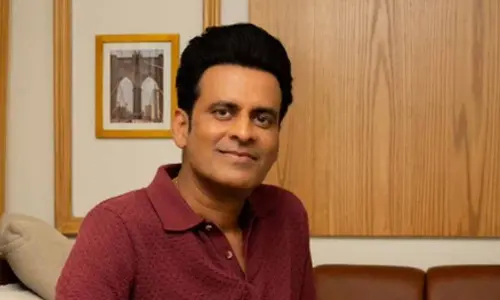It’s time to programme the world

It’s time to programme the world, The world is becoming programmable! Connectivity, as we know is evolving and spreading beyond humans to machines allowing them to be remotely programmed.
The world is becoming programmable! Connectivity, as we know is evolving and spreading beyond humans to machines allowing them to be remotely programmed. The confluence of low-cost sensors, intelligent software and cheap computing power is personifying objects with the ability to perceive, perform and help. Appliances, machines, bracelets, and other mundane objects that we interact with on a daily basis are being embedded with sensors that give them the ability to adapt to our needs and assist us in many ways. A decade after the Wi-Fi revolution and half a decade after the smartphone revolution, we are moving towards a sensor-driven world where objects will have a mind of their own.
Humans sense the 3D world using their five native senses. In contrast, we consume the torrents of digital information only through 2D portals like TVs, smartphones, and tablets. This view of the world is not suitable when dealing with a plethora of smart programmable devices. Sensors embedded in the environment and devices serve as external nodes of our nervous system changing the way we see, hear, think, and even live. These devices will allows us to augment our five senses and enable perception across space and time and allow us to live beyond the 2D screens we are enslaved to. Software browsers, analogues of the browsers we have for the internet world that allow us to make sense of all the data generated by the sensors in our homes and world are on their way. Qualcomm and Cisco are pushing AllJoyn and MQTT respectively that aim to serve as the HTTP for smart objects providing them with a way to converse and coordinate with each other.
Imagine rooms or objects coming alive as soon as you step into a room or vehicle, and then shutting off as soon as you leave. How about light bulbs with IP address tags so they can be monitored and controlled wirelessly online. Don’t we want an air conditioner that can check the weather conditions, the number of people in the room, or historical usage patterns, and adjust itself for high efficiency? Shoes, watches, heart rate monitors, and water bottles communicating with the smartphone to relay all the gathered information about the user’s physical activity. The technologies required for this are relatively simple tags for tracking objects, low-power sensors for gathering data on physical attributes such as temperature and air quality, intelligent software to learn and predict from data, and finally low power actuators that can switch lights or air conditioning systems on and off. The advent of cloud computing has streamlined the processes involved in remotely monitoring and controlling these sensor devices. Once endowed with the above technologies, these intelligent devices will share their smarts with other physical objects and collectively capture how we live and what we do.
The amount of information that can be harvested from these devices is staggering and if properly mined can uncover new patterns in our day-to-day lives and lead to new discoveries. Once communication protocols are established, devices will be able to communicate with each other and cooperate to facilitate a smarter environment in our homes and offices. Innovation and creativity will benefit significantly from this seamless connectivity and computing across devices. This will be the tipping point giving rise to the next generation of tech titans who will collect and mine the data generated from these smart homes and offices.
Several companies are already ahead in this game. Apple is introducing homekit technology in IOS8 that can use Siri to interact and command devices at home. GE is working through Quriky to tap this segment; Google has already acquired NEST and Dropcam so they can control the intelligent device market. Microsoft is looking into evolving Xbox beyond gaming as the controller for a smart home. AT&T Digital home allows users to monitor security and energy usage remotely. Revolv and SmartThings are two companies that currently provide programmable platforms to control the devices in the house and let them seamlessly communicate with each other.
Connectivity and access however brings in privacy concerns and introduce the potential for hackers hijacking the locks and control in the smart home, car, or office. We are heading to the future where a network of things will come together into a coherent ecosystem of information linking the physical and virtual worlds. This web of sensing and communication will serve as the digital nervous system of the planet making the world more and more programmable.



















